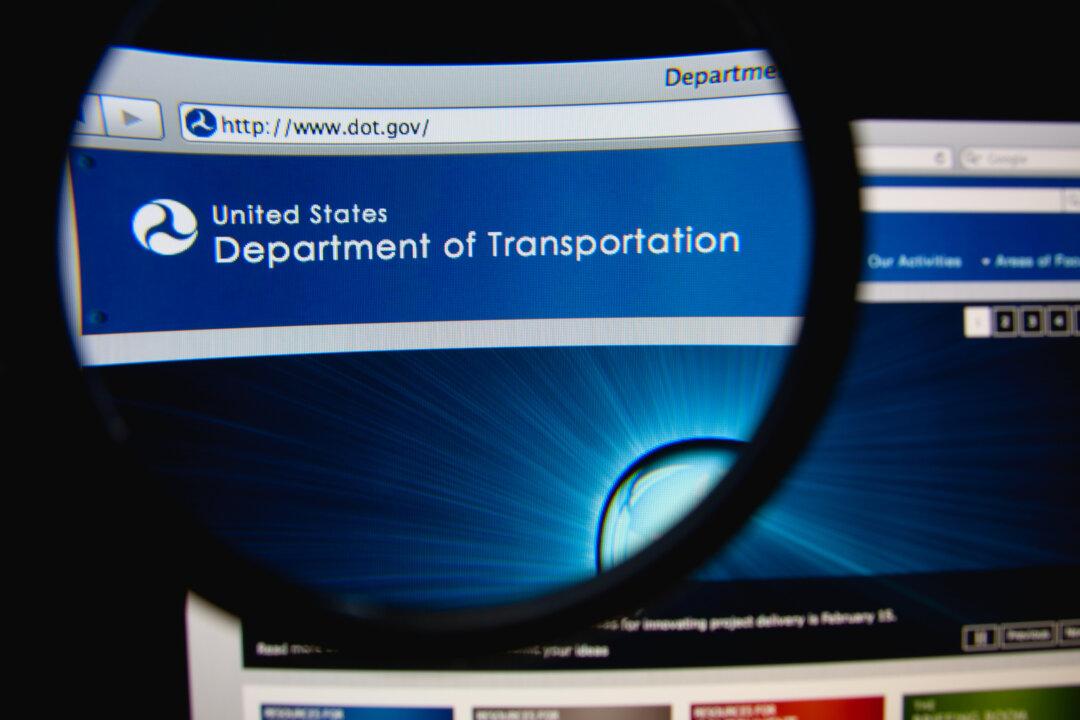You’ve seen those humorous T-shirts reading: ¨There are 10 types of people in the world—those who understand binary and those who don’t.” That also applies to travelers: They either love or hate red-eye flights. In case you’re from a different planet and don’t already know, a red-eye is a long-haul flight that operates overnight on which you’re supposed to get your night’s sleep. If you love them, you can find at least a few on many long-haul nonstop routes of—say—five or more hours duration. And even if you hate them, you can’t avoid them on many busy long hauls.
Why Love? Many travelers prefer red-eye flights to cut travel costs for either or both of 10 reasons:
- Overnight on a plane means you “save” a vacation or trip day and don’t have to pay for a hotel that night.
- Red-eye flights are often—but not always—cheaper than daytime flights.
Why Hate? The reasons to hate often mirror the opposites of the “love” reasons:
- Many travelers find it impossible to enjoy a good night’s sleep in the tiny, cramped economy class seats most travelers occupy. Even a much more comfortable flat-bed business-class seat isn’t an adequate substitute for a good hotel bed.
- Even if you can sleep in an economy seat, you often aren’t overnight long enough to meet your sleep needs. And ongoing activities by the plane crews and movement by passengers disturb your attempt to sleep.
On popular routes, you often arrive at your destination early in the morning—zonked and suffering from jet lag — far too early to check into your hotel. I’ve seen too many groups of bleary-eyed travelers sitting around London hotel lobbies forlornly waiting for their rooms.
Where You Find Them. You can find at least a few red-eyes on almost all long-haul trips and you can’t avoid them on many, especially eastbound. The reason is clear: When you cross time zones going east, you set your watch ahead—three hours on a domestic transcon, five to six to Europe from the Eastern zone, eight to nine from the Pacific zone, and eight and more on a transpacific flight. That means only the shortest of those trips can be scheduled for reasonably convenient daytime departure and arrival local times. You encounter them on:
- Domestic long-hauls: Almost all nonstops from Hawaii to mainland points east of the West Coast are red-eyes, as are many nonstops from Alaska to central and eastern cities. And you can catch eastbound red-eyes on most popular transcon routes.
- Intercontinental trips. The highest-traffic popular routes dominated by red-eyes are eastbound nonstops from most U.S. points to Europe, all nonstops eastbound across the north Pacific, and almost all nonstops on both directions to/from the South Pacific and southern South America.
Avoiding red-eyes. If you’re as averse to red-eyes as I am, you'll try to find a daytime nonstop from the U.S. or Canada to Europe. And last week the blog Simpleflying.com conveniently published a tabulation of eastbound daytime transatlantic nonstops for this summer. They fly to only three European cities from only six U.S. and Canadian cities:
- Boston to London/Heathrow and Keflavik
- Chicago to London/Heathrow
- Halifax to London/Heathrow
- Newark to London/Heathrow
- New York/JFK to London/Heathrow, Keflavik, and (a surprise) Istanbul
- Washington/Dulles to London/Heathrow
Not all those flights operate daily. Also, you can fly nonstop from several U.S. and Canadian points to the Azores. In years past, you could fly daytime New York to Paris, Toronto and St. John’s to London, and New York to Dublin, but apparently not this year.
Another way to avoid red-eyes is to fly westbound only. I did that once in business class on a frequent flyer round-the-world award. But that’s too much for most travelers. Clearly, on many long-haul routes, there’s a red-eye in your future. Live with it.





